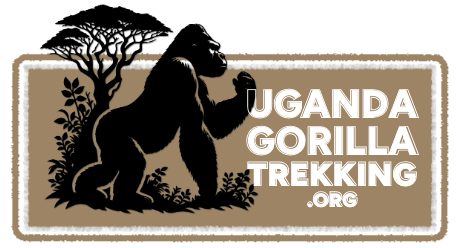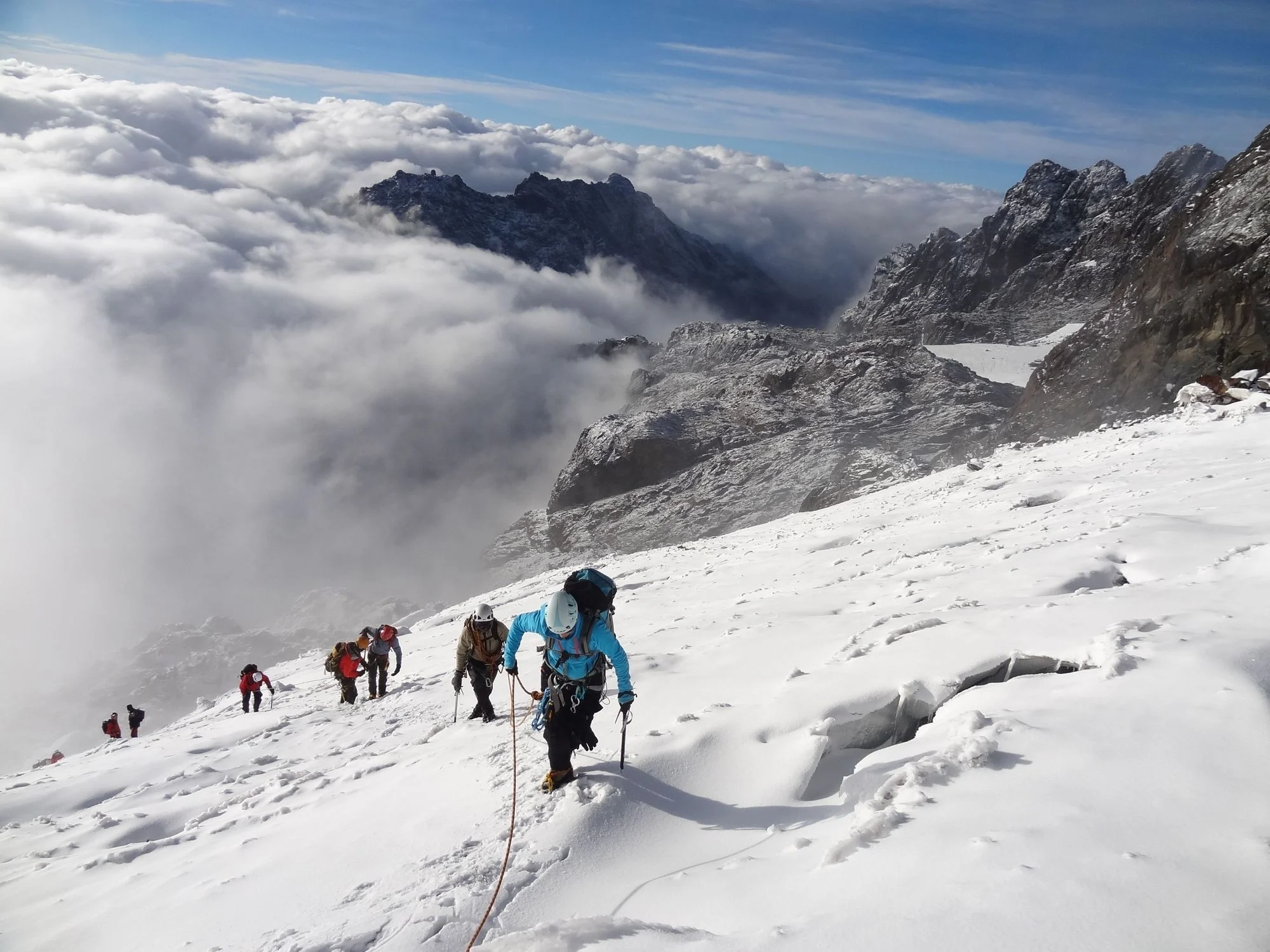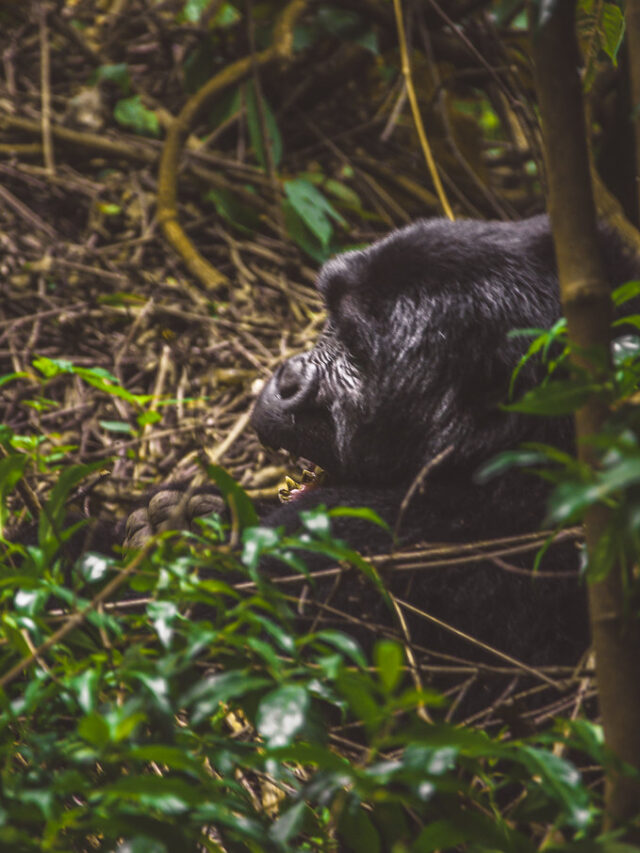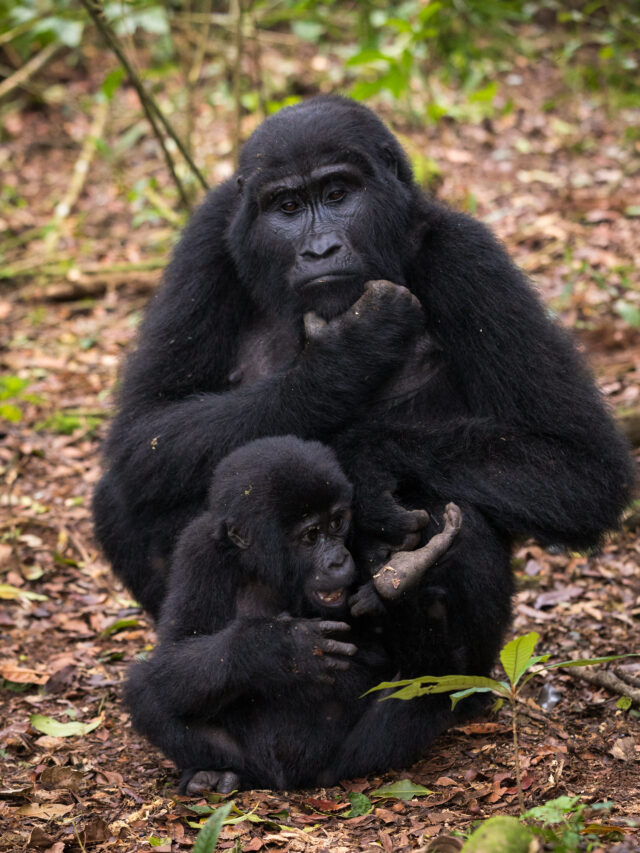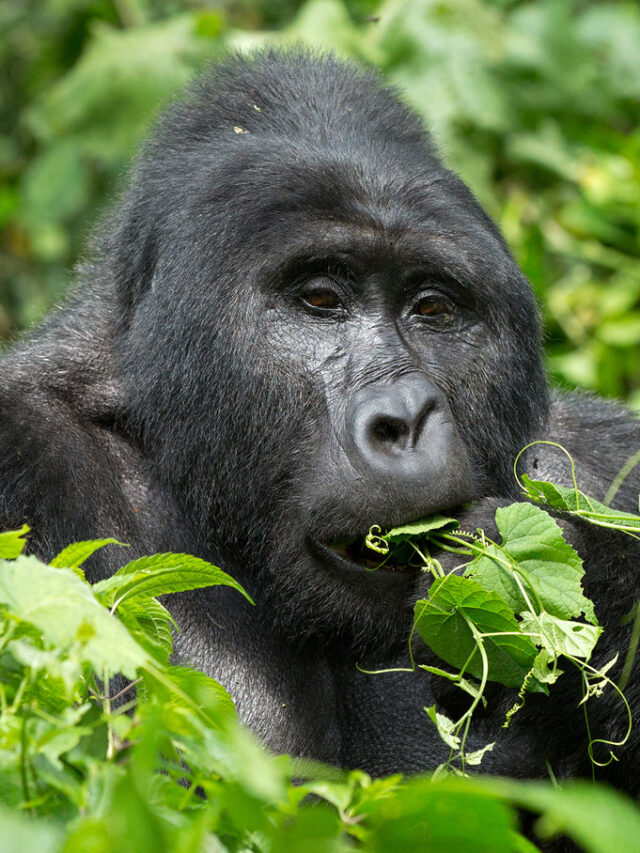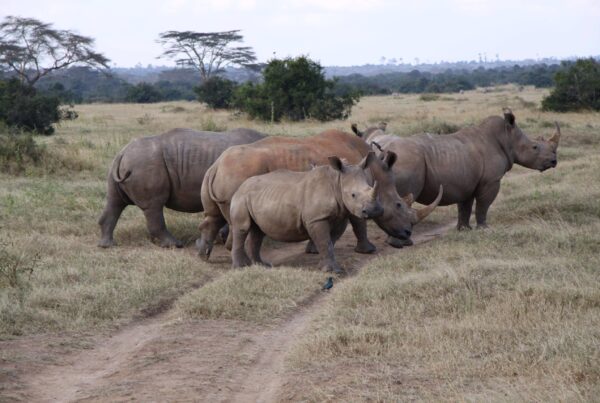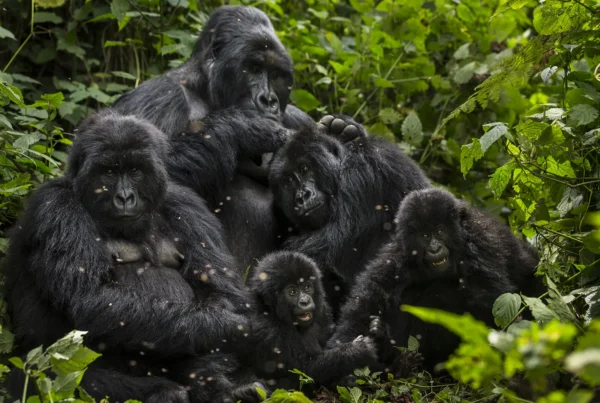The Best Time to Climb or Hike Mount Rwenzori: Chasing the Snowy Peaks of the Mountains of the Moon
When Should You Hike Mount Rwenzori? Let the Mountain Decide
In the far western corner of Uganda, where clouds weave silently through glacial ridges and moss-covered trees drip with time, the Rwenzori Mountains stand like forgotten gods. Often called the “Mountains of the Moon,” this range offers one of the most breathtaking, challenging, and spiritually resonant treks in all of Africa. But climbing Mount Rwenzori isn’t just about reaching Margherita Peak or crossing alpine meadows—it’s about timing. The truth is, the best time to climb these legendary peaks isn’t just about weather—it’s about rhythm, readiness, and respect for a mountain that still shapes clouds.
Dry Seasons (June–August & December–February): The Golden Windows
If your heart is set on conquering the high-altitude glaciers or completing the full Margherita Peak ascent at 5,109 meters, then the best months are during Uganda’s two dry seasons: June to August and December to February. These periods offer clearer skies, firmer trails, and a far more manageable terrain across the swampy lower zones and icy summit paths.
Unlike Mount Kilimanjaro or the Simien Mountains, Rwenzori isn’t a dry, dusty trek—it’s a wet mountain range, carved and softened by centuries of rain and snow. Even in the dry season, moisture is part of the journey. But during these golden windows, the daily downpours lessen, river crossings become safer, and visibility improves drastically. This means that those awe-inspiring summit views—of Uganda on one side and the Democratic Republic of Congo on the other—are more likely to reward your climb.
These months are also ideal for photography, glacier walks, and longer multi-day routes like the Rwenzori Central Circuit or Kilembe Trail, both of which take between 7 to 10 days depending on your pace and peak goals.
Rainy Seasons (March–May & September–November): The Misty, Slippery Trials
For those seeking a wilder, quieter, and more mystical experience—March to May and September to November offer a completely different side of Rwenzori. These are the rainy seasons in western Uganda, and the mountains respond with full drama. Trails become slippery, soaked, and technically challenging. Moss grows thicker, and rivers swell across the route. For casual hikers, these months are not ideal. But for experienced trekkers, wildlife researchers, or those with a deep love for moody landscapes, this season wraps the mountains in veils of fog and solitude.
However, the risks are real—higher chances of landslides, unstable trails, and unpredictable snow conditions on the upper slopes. Summiting Margherita Peak in these months is possible, but only with highly experienced local guides and the right alpine equipment. Lower-altitude treks, such as one-day or two-day hikes in the Rwenzori foothills, are still doable and stunning, especially if your aim is less about altitude and more about immersion in nature.
So, When Should You Go? Let Your Journey Decide
Best Time to Climb or Hike Mount Rwenzori — If your dream is to reach the top—to conquer Margherita Peak and walk across East Africa’s last remaining tropical glaciers—then plan your expedition between June and August, or December to February. These months give you the best odds for summit success, safety, and dry-footed days across bogs, boulders, and ice.
But if your goal is deeper than the summit—if it’s about silence, solitude, and connection with the spirit of the mountain itself—then even the rainy seasons have their gifts. You’ll meet fewer hikers, feel the mountain breathe beneath your boots, and walk through landscapes that feel almost prehistoric.
Regardless of when you go, Mount Rwenzori demands respect. It’s not a mountain to be rushed or underestimated. The terrain changes rapidly—sunshine in the morning, snow by afternoon. But that’s what makes it unforgettable. It’s not the kind of climb you do for fame or likes. It’s the kind you do to find out what lives in your lungs when the world grows thin and silent.
